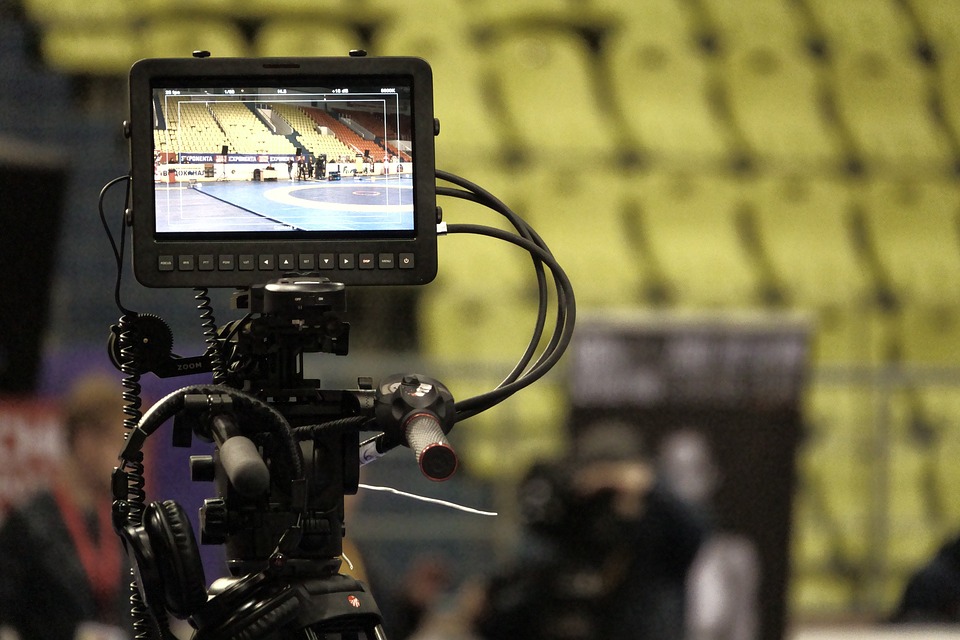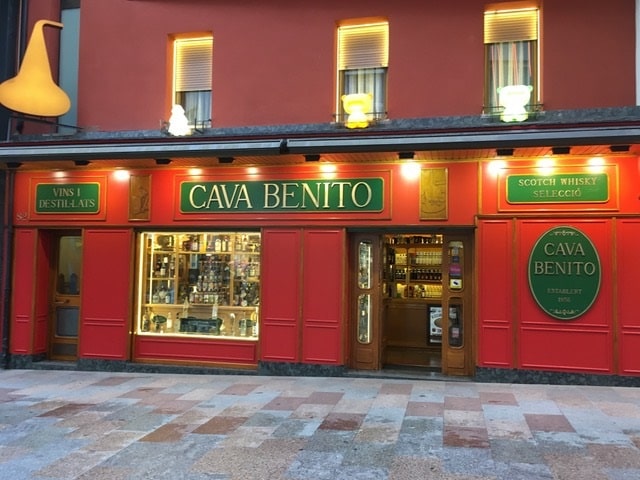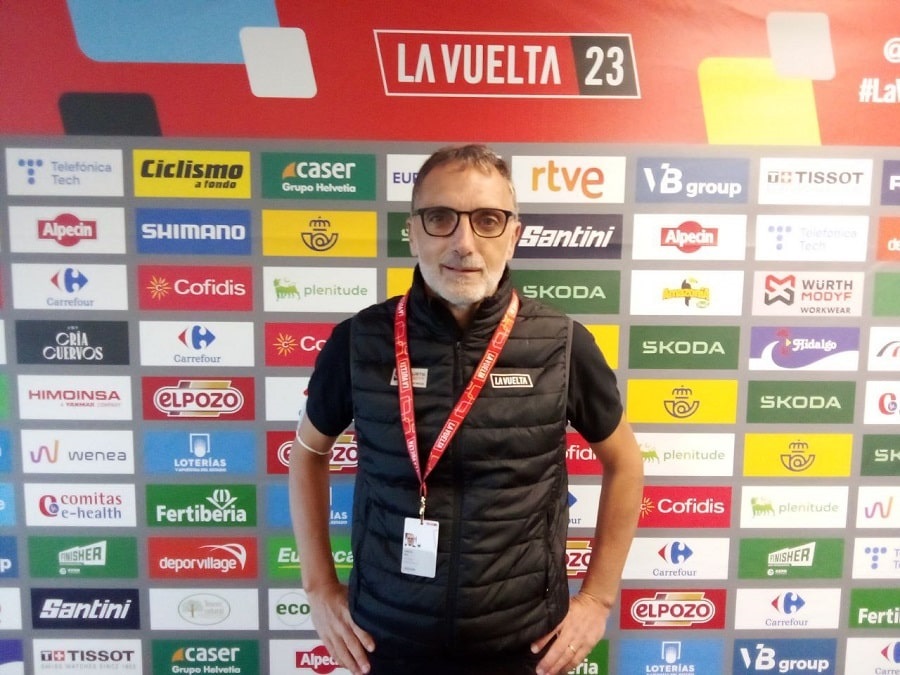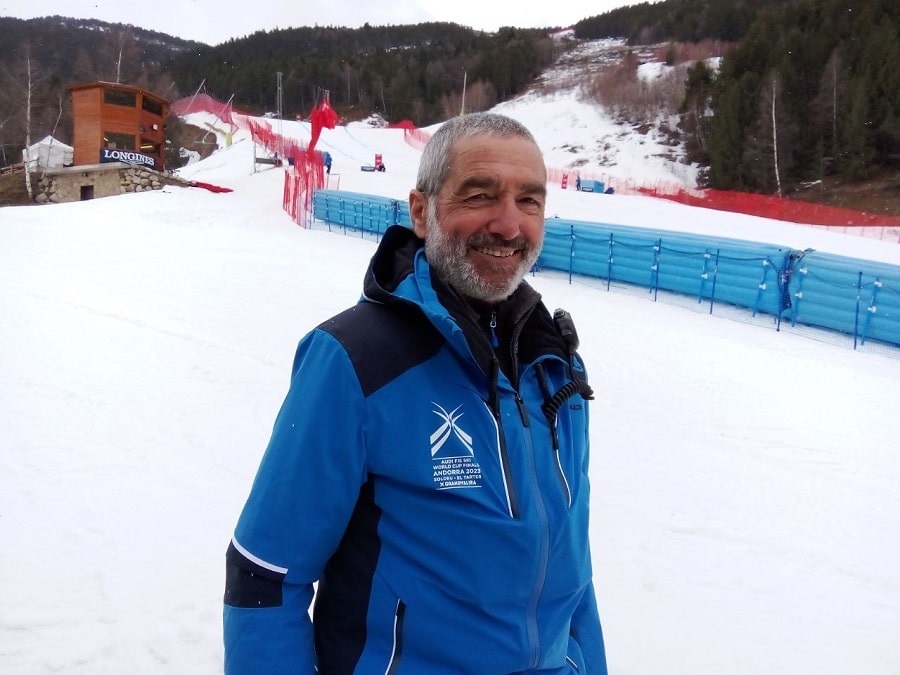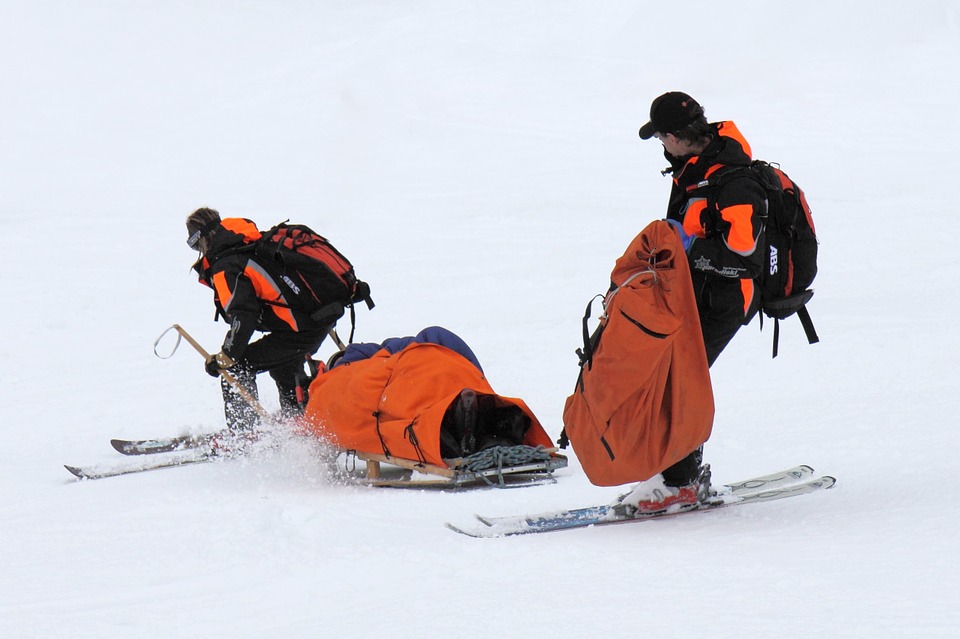At the Faculty of “Sport Management” in France, there is a subject called “Spatial planning” (“Aménagement du territoryoire”). It talks about the improvement of cities and towns, including in terms of the development of sports infrastructure. It is almost a science today when ordering space taking into account social, economic and strategic meanings. This is what my blog is about today.
We, the students, are aware of the five stages of the formation of spatial planning. Stage one dates from the years 1885-1919. It is called “epic” (“épique”) – these are the first prerequisites for the appearance of public places for playing sports (for example, the shooting gallery in the alleys of the Bois de Boulogne in Paris).
Stage two – current (“topique”). This phase of development has led to an increase in municipal budgets for sports facilities and events.
Stage three is the period when France was ruled by the Popular Front (a coalition of three left parties that were in power from April 1936 to April 1938). The Popular Front supported the development of sports in France and strongly promoted the development of sports infrastructure.
The fourth stage is the first appearance of city stadiums, public swimming pools, gyms, etc. In France, in the period of recovery after the Second World War, spatial planning proceeded according to the principle of correcting inequalities between regions and providing guarantees of equal access to knowledge and public services throughout the country.
In the 1970s, concern for equality gave way to the development of competition. Obviously, winners and losers emerged as a result. A paradox arose: the French spatial planning policy, aimed at smoothing inequalities between the regions of France, led to the emergence of territorial imbalances. The French decided the problem at the expense of solidarity – the deficit was compensated at the expense of the state.
Since 1980, the fifth strategic stage began, when sports and a healthy lifestyle began to play an integral role in people’s lives. Moreover, the “monumental nature of sports architecture” contributed to the growth of the prestige of the city. The more stadiums, sports fields, swimming pools, golf courses, etc. , the more attractive the city became for living and tourism.
In 1993, the term “war of spaces” appeared in France for the right to build sports infrastructure facilities.
But especially popular at this time, were sports activities in the fresh air. According to the French Ministry of Sports, in 2000, 63% of sports events in France were held in the open air.
In this case, the most obvious manifestations of the popularization of sports has become the fashion to wear sports clothing for everyday life.
But environmental protection remained and remains as a priority for France for several decades. In 1960, France adopted the law on air pollution, in 1964 – the law on the protection of water resources, in 1970 the state program “100 measures for environmental protection” was approved. In 1971, the French Ministry of Nature Conservation and the Environment was created.
Over time, the spatial planning function firmly included the obligation to protect natural and cultural objects, in particular, through the creation of national natural parks (law of July 22, 1960). Caring for the environment went exactly in step with “sustainable development”.
In the field of French architecture, the term “haute qualité environnementale” (“HQE”) or “high environmental quality” appeared in those days. For comparison: in Switzerland, the term “Minergie” (minimum energy) was used, in Germany – “habitat à basse énergie” (habitat with low energy consumption).
In the 21st century, the formula has been actively used: “from the logic of supply to the logic of consumption”, which can be rephrased as a desire to rationalize and increase the effectiveness of actions taken.
Furthermore, sports facilities began to appear in the city, imitating sports activities in nature. For example, artificial ski resorts, the most striking of which can be called the ski resort “Sunny Mountain Skidome” (Dubai, opening date: 2005). Skiing in the desert! What could be more amazing?
A few facts about Dubai’s skidome: area – 25 000m²; wall thickness – 1 m; track length – 400m; daily snow consumption – 30 tonnes; project cost – 250 million US dollars; capacity – 1500 people; number of clients – 2000-4000 per day; The cost of a day ski pass is $25.
In France, in the same 2005, a ski resort within the city also opened – this is Snowhall in the city of Amnéville. In fact, the resort is located on the border with Luxembourg, Germany and Belgium. Its ski slopes are the longest in the world: the length is 620m, the width is 35m and the height is 90m. It is open all year round, the cost of a ski pass for 2 hours is 19.5 euros plus a card for entering, which is 4 euros.
Summarizing, we can say that the main law of modern marketing is becoming almost a part of the science of streamlining the space and building new sports facilities: to please, surprise and create a dream that allows you to escape from everyday life.
Let’s hope that this is not the last of human inventions.



